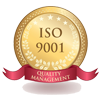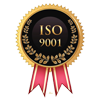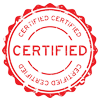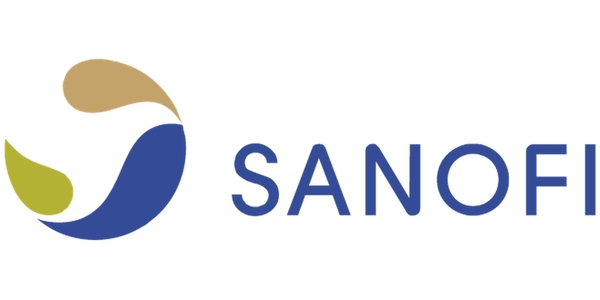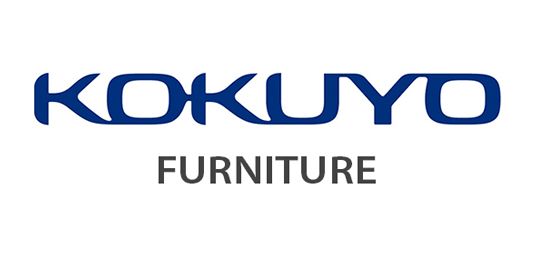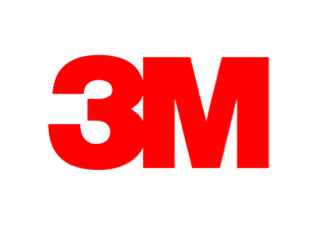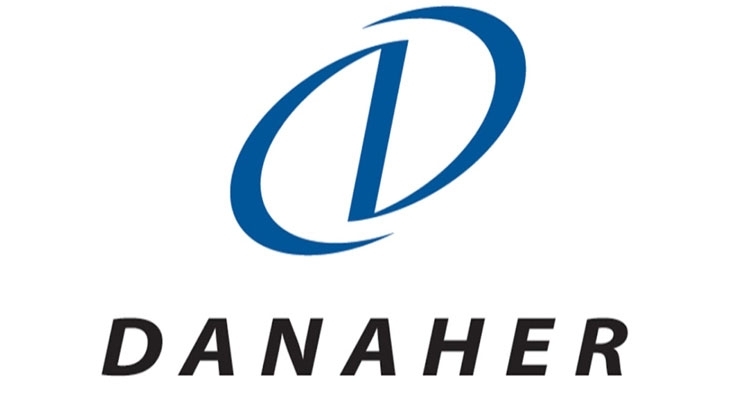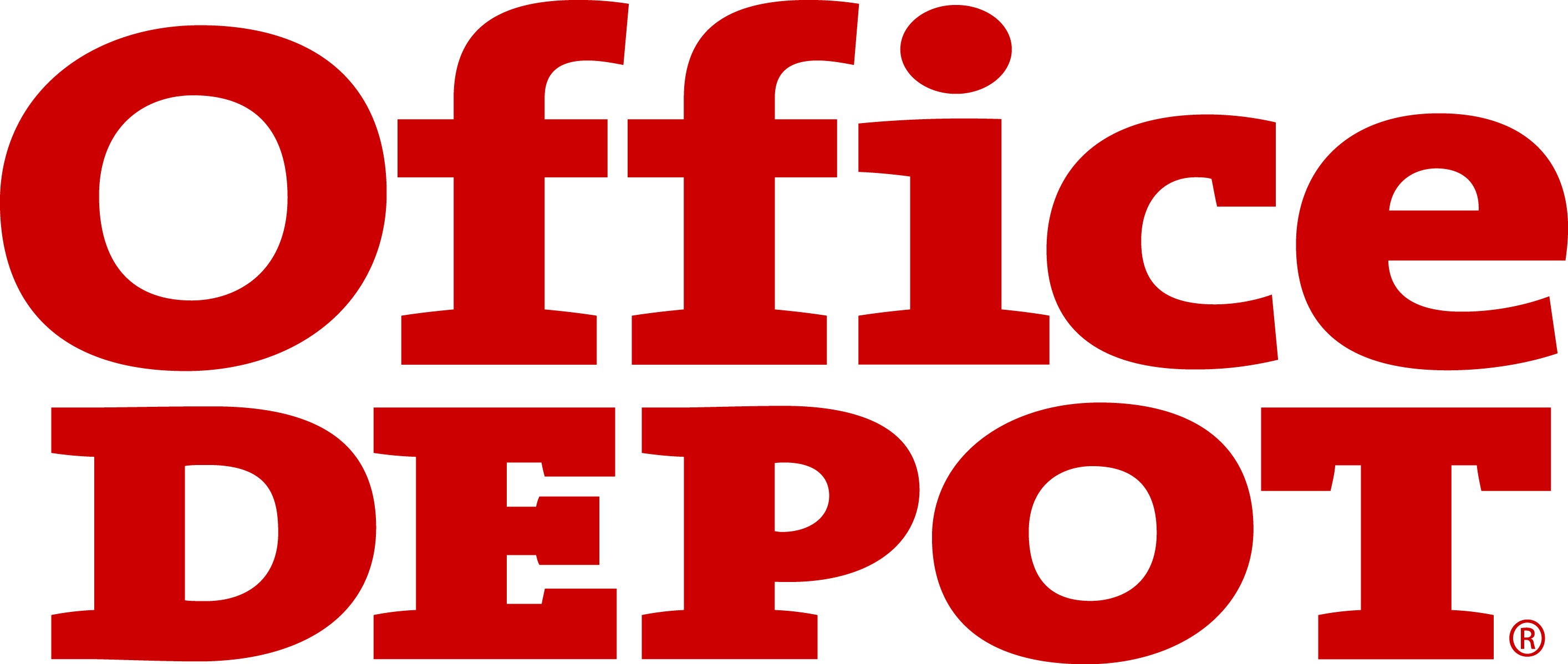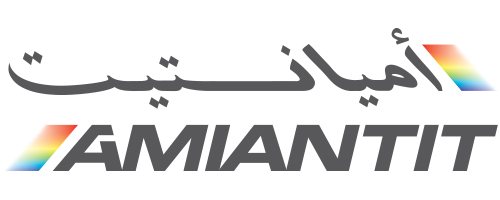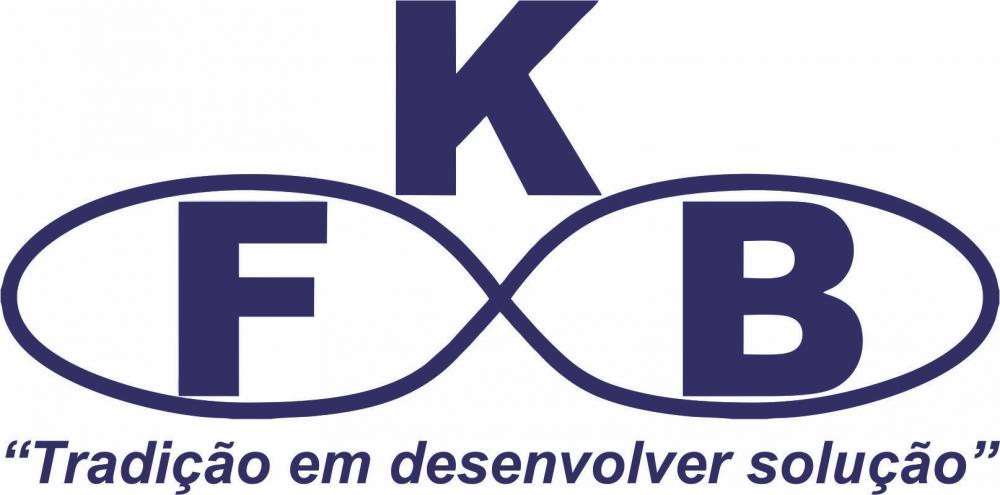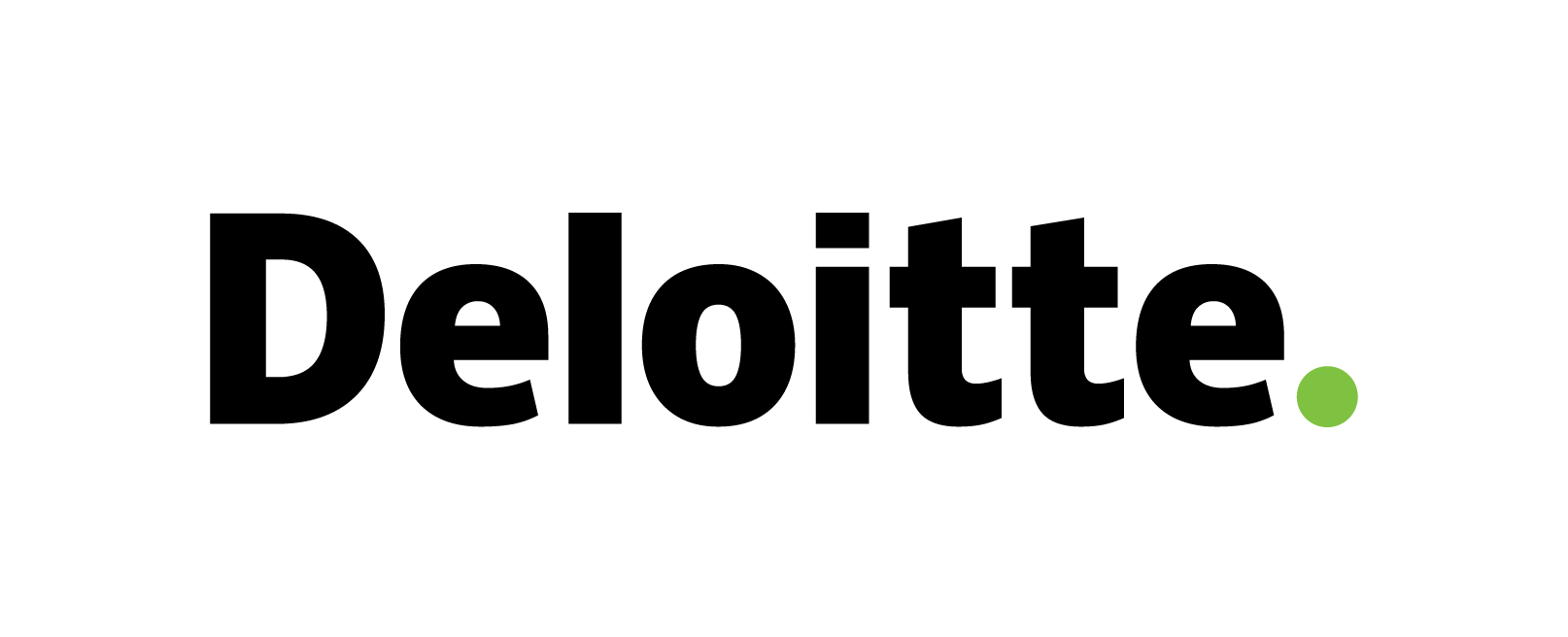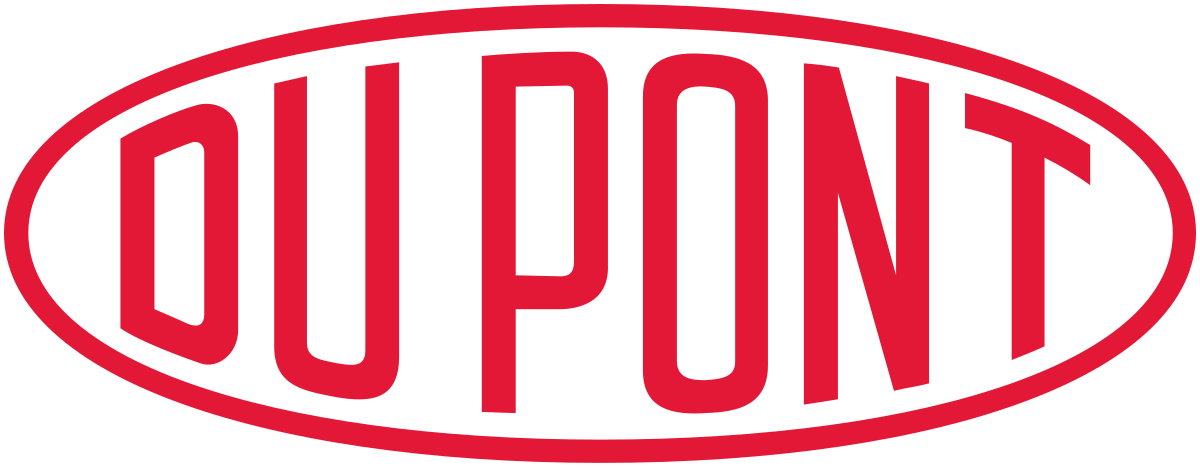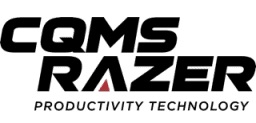Athletic Footwear Market : Global Share, Size, Growth, Trends & Outlook ( 2022 – 2032 )
Athletic footwear also referred to as athletic shoes are a footwear type especially tailored for athletic events including sports and other outdoor physical activities. They are typically made up of three primary components, namely the upper section, the mid sole, and the outsole and are prepared from extremely high quality raw materials, such as leather, foam, plastic and advanced chemical additives.
Athletic footwear primarily aid in providing enhanced protection, fast movement control, mid-foot support, anti-friction properties, heel stabilization and cushioning and other long lasting benefits. Along with standard foot-care, they also offer higher additional functionality according to the sport they are designed for.
Most commonly used by athletes and fitness conscious customers, athletic footwear because of their positive attributes are heavily used as a casual footwear by people of all age groups worldwide.
The global athletic footwear market size is expected to grow at a CAGR of around 4.8% over the period of next 5 years.
MARKET DRIVERS:
The growth of this market is attributed towards major pertaining factors including; the proliferating participation of people of all ages in outdoor and fitness activities worldwide, the rising health consciousness among people aimed at the prevention of chronic disorders in different regions, the escalating popularity of athletics among the millennium population across the globe, the growing enthusiasm and awareness regarding the health benefits of sports & fitness activities among people and the surging awareness among people regarding the importance of using the appropriate type of shoes for sports activities in order to prevent injuries etc.
Additionally, the leading and well-known market players in the athletic footwear market have been over the years allocating substantial amount of funds and putting their focus majorly on developing and introducing new and advanced technologically equipped footwear with enhanced stability and comfort for the consumers. The most notable and popular developments in the recent years have been in the form of Adidas AG’s single layer shoe which helps in providing maximum flexibility and adequate support along the ankle to ensure free foot movement, The Lotto Sport Italia’s running shoe featuring Adapto Memory Foam (AMF) made up of polymer compound with a particular density, The ASICS Corporation’s shoe with flexible digital printed nylon mesh and GEL cushioning system, The New Balance Athletic’s new running shoes with a 3D printed mid sole with elastomeric characteristics etc. Adding to that, the invention of smart footwear that calculates the calories burnt, the adoption of Boost technology over the traditional Ethylene Vinyl Acetate (EVA)-based technology and the use of environment-friendly materials for the manufacturing of sports gear and equipment contribute tremendously in fueling the growth of the athletic footwear market.
Moreover, the most prominent market players in the athletic footwear market are proactively focusing on merging and collaborating with each other for the purpose of expanding their research and development based activities. These strategic partnerships and agreements among key players not only help in expansion of their businesses and their geographical reach but also aid effectively in procuring benefit from cost-effective and experienced labor which thereby enhances their revenue and thereby augments the overall market share.
Furthermore, other factors such as massive shift in youth fashion trends, the escalating involvement of countries in sports and games, the flourishing retail e-commerce sector worldwide and the growing training and participation of aspiring as well as established athletes and sportspersons across different regions further propel the growth of the athletic footwear market.
However, factors such as the rising and fluctuating prices of raw materials used in the production of athletic footwear, the growing number of counterfeit products in the market due to the existence of a large number of small vendors in the market and the surging environmental concerns over synthetic rubber hamper the growth of the athletic footwear market.
ATHLETIC FOOTWEAR MARKET SEGMENTATION:
By Product Type:
- Aerobic and Gym-wear Shoes
- Running Shoes
- Walking Shoes
- Trekking & Hiking Shoes
- Sports Shoes
- Football
- Basketball
- Tennis
- Rugby & American Football
- Cricket
- Baseball
- Ice Hockey
- Others
By End-User:
- Men
- Women
- Kids
By Distribution Channel:
- Online Channel
- Offline Channel
- Hypermarkets
- Specialty Stores
- Others
By Region:
- North America
- Europe
- Asia Pacific
- Latin America
- Middle East & Africa
REGIONAL INSIGHT:
The Asia Pacific region holds the largest share in the athletic footwear market. The region is projected to continue to remain at the top in the upcoming years on account of various factors including; the tremendously rising participation of the populace in various sporting activities and events in the region, the growing penetration of international brands coupled with emerging local market players in the region, the lower average selling price of athletic footwear in the region as compared to other economies, the augmenting number of e-commerce transactions and the increasing presence of well-established market players in the region etc. Moreover, the spurring population base and the improving lifestyle standards of people in the region also contribute significantly to the growth of the market in this region. The major contributors to the region include India and Japan.
The Middle-East and African region is the fastest-growing regional market for athletic footwear. The market is set to witness massive traction in the following years owing to factors such as the rising levels of concern regarding health and fitness among the population in the region, the high disposable incomes of people in the region, the improving quality and durability of products and the increasing presence of leading market players in the region etc.
The North American and European region both hold a prominent share in the athletic footwear market. The growth of the market in the regions can be well attributed to factors such as the burgeoning enthusiasm for sports and fitness related activities among the citizens, the expanding distribution channel in the major economies of the regions, the growing presence of well-established market players in the regions etc. Moreover, the increasing adoption of physical activities for combating obesity among the old-age populace in both the regions is also a major factor contributing swiftly to the growth of the athletic footwear market. However, the high labor and material cost coupled with strong competition hinder the growth of the market in the aforementioned regions to a considerable extent.
FEW KEY PLAYERS IN ATHLETIC FOOTWEAR MARKET:
- Lotto Sport Italia S.p.A.
- New Balance Athletics Inc.
- Vans
- Nike Inc.
- Puma SE
- Reebok International
- Jack Wolfskin
- Saucony
- Skechers USA Inc.
- Woodland Worldwide
- Crocs Inc.
- Wolverine World Wide Inc.
- Geox SpA
- K- Swiss
- ECCO Sko A/S
- Timberland
- Deichmann SE
- BATA
- Adidas AG
- ASICS Corporation
- Fila Inc.
- Under Armour Inc.
- The Aldo Group
- Polartec
- Columbia Sportswear
- Other Players
RECENT DEVELOPMENTS:
- In January 2021, Patta and New Balance joined together to collaborate on New Balance’s 991 sneakers. The new product is known as the Patta x New Balance M991Pat, which features a dusty pink/light petrol colorway.
- In April 2021, Exeter Capital, a Boston-based private equity firm with extensive experience investing in consumer-facing companies, announced its partnership with NOBULL, a high growth athletic footwear, apparel and accessory brand.
Research Methodology
Market Definition and List of Abbreviations
1. Executive Summary
2. Growth Drivers & Issues in Global Athletic Footwear Market
3. Global Athletic Footwear Market Trends
4. Opportunities in Global Athletic Footwear Market
5. Recent Industry Activities, 2020
6. Porter's Five Forces Analysis
7. Market Value Chain and Supply Chain Analysis
8. Global Athletic Footwear Market Size (USD Million), Growth Analysis and Forecast, (2020-2025)
9. Global Athletic Footwear Market Segmentation Analysis, By Product
9.1. Introduction
9.2. Market Attractiveness, By Product
9.3. BPS Analysis, By Product
9.4. Aerobics Shoes
9.5. Atheleisure Shoes
9.6. Running Shoes
9.7. Walking Shoes
10. Global Athletic Footwear Market Segmentation Analysis, By Sports
10.1. Introduction
10.2. Market Attractiveness, By Sports
10.3. BPS Analysis, By Sports
10.4. Baseball Shoes
10.5. Basketball Shoes
10.6. Soccer Shoes
10.7. Tennis Shoes
10.8. Cricket Shoes
10.9. Other Sports Shoes
11. Global Athletic Footwear Market Segmentation Analysis, By Hiking Shoes
11.1. Introduction
11.2. Market Attractiveness, By Hiking Shoes
11.3. BPS Analysis, By Hiking Shoes
11.4. Trekking Boots
11.5. Rugged Boots
11.6. Seasonal Boots
11.7. Specialty Boots
11.8. Mountaineering Boots
12. Global Athletic Footwear Market Segmentation Analysis, By Backpacking Shoes
12.1. Introduction
12.2. Market Attractiveness, By Backpacking Shoes
12.3. BPS Analysis, By Backpacking Shoes
12.4. Approach Shoes
12.5. Technical Shoes
13. Global Athletic Footwear Market Segmentation Analysis, By Distribution Channel
13.1. Introduction
13.2. Market Attractiveness, By Distribution Channel
13.3. BPS Analysis, By Distribution Channel
13.4. Shoe Stores
13.5. Sports and athletic good stores
13.6. Specialty Apparels Stores
13.7. Online Stores
13.8. Others
14. Global Athletic Footwear Market Segmentation Analysis, By Demography
14.1. Introduction
14.2. Market Attractiveness, By Demography
14.3. BPS Analysis, By Demography
14.4. Kids
14.5. Women
14.6. Men
15. Geographical Analysis
15.1. Introduction
15.2. North America Athletic Footwear Market Size (USD Million), 2020-2025
15.2.1. By Product
15.2.2. By Sports
15.2.3. By Hiking Shoes
15.2.4. By Backpacking Shoes
15.2.5. By Distribution Channel
15.2.6. By Demography
15.2.7. By Country
15.2.7.1. Market Attractiveness, By End-user
15.2.7.2. BPS Analysis, By End-User
15.2.7.3. U.S. Market Size (USD Million) 2020-2025
15.2.7.4. Canada Market Size (USD Million 2020-2025
15.3. Europe Athletic Footwear Market Size (USD Million), 2020-2025
15.3.1. By Product
15.3.2. By Sports
15.3.3. By Hiking Shoes
15.3.4. By Backpacking Shoes
15.3.5. By Distribution Channel
15.3.6. By Demography
15.3.7. By Country
15.3.7.1. Market Attractiveness, By Country
15.3.7.2. BPS Analysis, By Country
15.3.7.3. Germany Market Size (USD Million) 2020-2025
15.3.7.4. United Kingdom Market Size (USD Million) 2020-2025
15.3.7.5. France Market Size (USD Million) 2020-2025
15.3.7.6. Italy Market Size (USD Million) 2020-2025
15.3.7.7. Spain Market Size (USD Million) 2020-2025
15.3.7.8. Russia Market Size (USD Million) 2020-2025
15.3.7.9. Rest of Europe Market Size (USD Million) 2020-2025
15.4. Asia Pacific Athletic Footwear Market Size (USD Million), 2020-2025
15.4.1. By Product
15.4.2. By Sports
15.4.3. By Hiking Shoes
15.4.4. By Backpacking Shoes
15.4.5. By Distribution Channel
15.4.6. By Demography
15.4.7. By Country
15.4.7.1. Market Attractiveness, By Country
15.4.7.2. BPS Analysis, By Country
15.4.7.3. China Market Size (USD Million) 2020-2025
15.4.7.4. India Market Size (USD Million) 2020-2025
15.4.7.5. Japan Market Size (USD Million) 2020-2025
15.4.7.6. South Korea Market Size (USD Million) 2020-2025
15.4.7.7. Indonesia Market Size (USD Million) 2020-2025
15.4.7.8. Taiwan Market Size (USD Million) 2020-2025
15.4.7.9. Australia Market Size (USD Million) 2020-2025
15.4.7.10. New Zealand Market Size (USD Million, 2020-2025
15.4.7.11. Rest of Asia Pacific Market Size (USD Million) 2020-2025
15.5. Latin America Athletic Footwear Market Size (USD Million) 2020-2025
15.5.1. By Product
15.5.2. By Sports
15.5.3. By Hiking Shoes
15.5.4. By Backpacking Shoes
15.5.5. By Distribution Channel
15.5.6. By Demography
15.5.7. By Country
15.5.7.1. Market Attractiveness, By Country
15.5.7.2. BPS Analysis, By Country
15.5.7.3. Brazil Market Size (USD Million) 2020-2025
15.5.7.4. Mexico Market Size (USD Million) 2020-2025
15.5.7.5. Rest of Latin America Market Size (USD Million, 2020-2025
15.6. Middle East & Africa Athletic Footwear Market Size (USD Million) 2020-2025
15.6.1. By Product
15.6.2. By Sports
15.6.3. By Hiking Shoes
15.6.4. By Backpacking Shoes
15.6.5. By Distribution Channel
15.6.6. By Demography
15.6.7. By Geography
15.6.7.1. Market Attractiveness, By Geography
15.6.7.2. BPS Analysis, By Geography
15.6.7.3. GCC Market Size (USD Million) 2020-2025
15.6.7.4. North Africa Market Size (USD Million) 2020-2025
15.6.7.5. South Africa Market Size (USD Million) 2020-2025
15.6.7.6. Rest of Middle East & Africa Market Size (USD Million) 2020-2025
16. Competitive Landscape
16.1. Market Share of Key Players
16.2. Market Positioning of Major Players in Global Athletic Footwear Market
16.3. Company Profiles
16.3.1. Nike, Inc.
16.3.1.1. Product Offered
16.3.1.2. Business Strategy
16.3.1.3. Financials
16.3.1.4. SWOT Analysis
16.3.1.5. Market Share Analysis
16.3.1.6. Key Achievements & Developments
16.3.2. New Balance Athletics, Inc.
16.3.3. Skechers USA Inc.
16.3.4. Puma SE.
16.3.5. ASICS Corporation.
16.3.6. Under Armour, Inc.
16.3.7. Wolverine World Wide Inc.
16.3.8. VF Corporation.
16.3.9. FILA Korea, Ltd.
16.3.10. Woodland Worldwide.
16.3.11. Saucony, LLC.
16.3.12. Other Major & Niche Players

Need Customized Report for Your Business ?
Utilize the Power of Customized Research Aligned with Your Business Goals
Request for Customized Report- Quick Contact -
- ISO Certified Logo -
